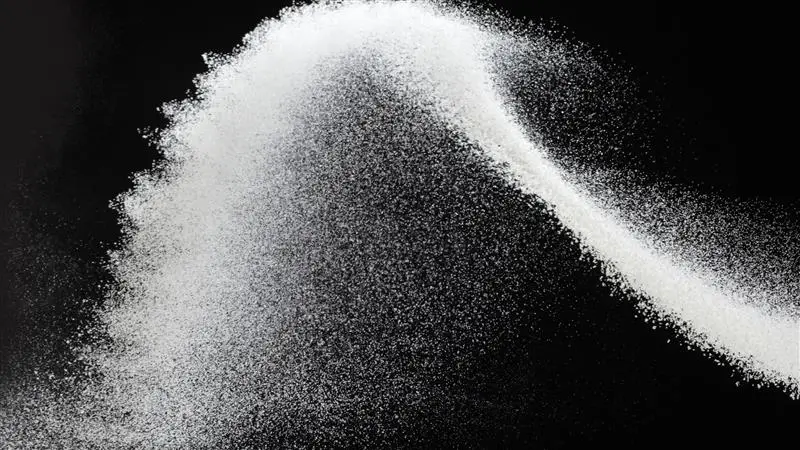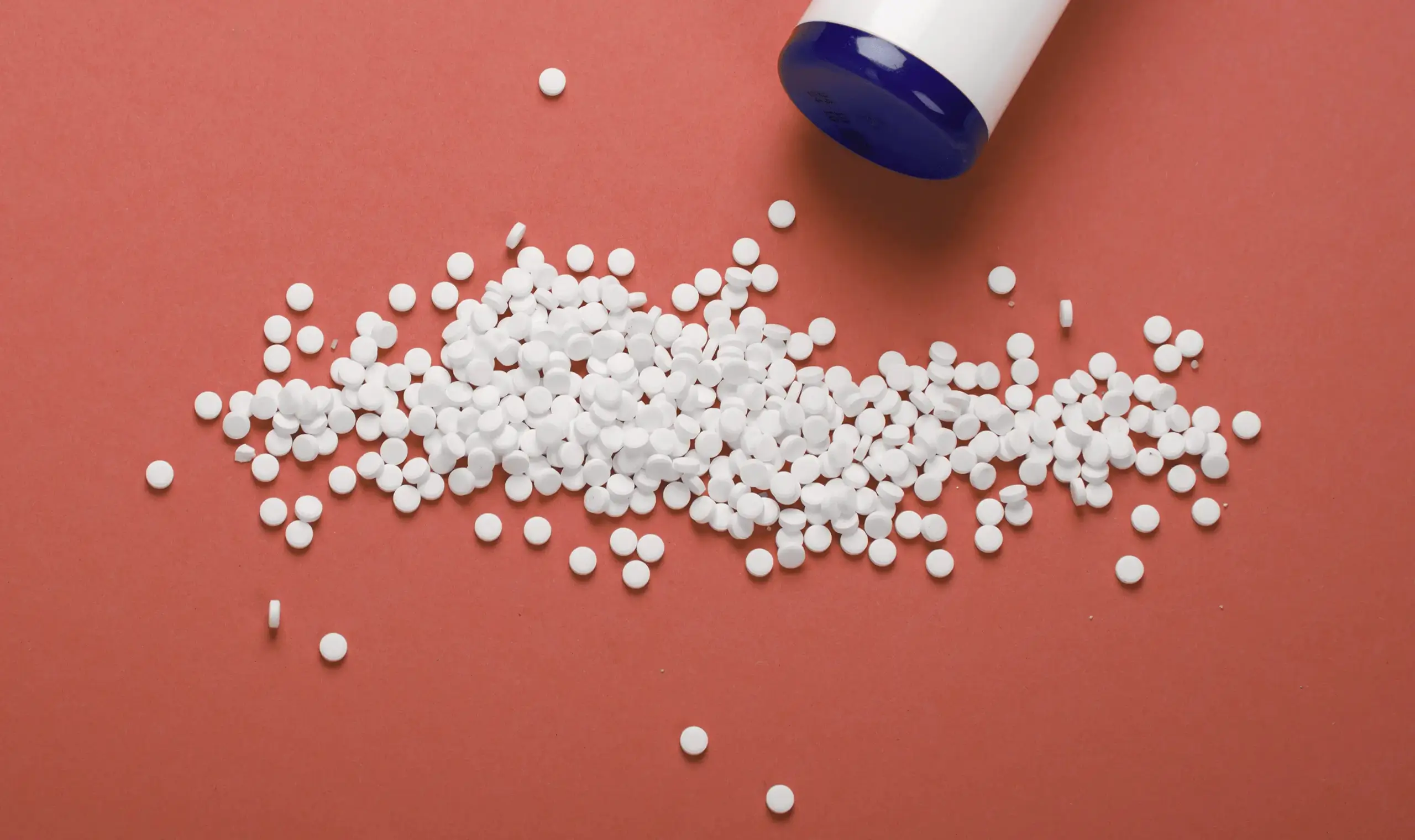In the Vitamin C market, brand owners stand at a critical crossroads. On one path is ascorbic acid: the cost-effective, chemically identical, and universally understood form of Vitamin C. On the other is acerola extract: the premium, plant-derived powerhouse that anchors a “clean label” marketing story. The choice between acerola vs. ascorbic acid is not just a formulation detail—it’s a fundamental brand positioning decision.
This article is not a simple “natural is better” argument. It’s a strategic analysis designed for brand owners and product managers, breaking down the technical, commercial, and marketing implications of this crucial choice.
The benchmark: the case for ascorbic acid
Ascorbic acid is a pure, isolated molecule (C₆H₈O₆). It is the most studied nutrient in history, with undeniable efficacy.
- Strengths: It is highly stable, cost-effective, and allows for precise, high-concentration dosing with a neutral sensory profile. It is the workhorse of the fortification and supplementation industry.
- Weakness: Its only significant weakness is perception. In an era of “clean label” and “whole food” trends, its synthetic origin is a marketing liability for brands targeting the premium, natural consumer.
The challenger: the power of acerola extract
Acerola cherry (Malpighia emarginata) is one of nature’s most potent sources of Vitamin C. An extract from this fruit offers much more than just the vitamin itself.
- Strengths: Its primary strength is its source. It allows for a powerful “Vitamin C from real fruit” claim, which resonates strongly with health-conscious consumers. Furthermore, the extract is not just pure ascorbic acid; it’s a food-matrix that contains other phytonutrients like bioflavonoids, carotenoids, and polyphenols. As research in journals like Nutrients suggests, these co-factors may play a role in the overall biological activity of the vitamin.
- Weakness: Its primary challenges are cost-in-use and the need for standardization. A high-quality, standardized extract is a premium ingredient.
A technical comparison: acerola vs. ascorbic acid
Here is a head-to-head analysis of the factors that are most critical for product development.
| Feature | Ascorbic Acid | Standardized Acerola Extract |
|---|---|---|
| Source | Synthetic | Plant-derived (fruit) |
| Composition | Pure C₆H₈O₆ | Vitamin C + Phytonutrient matrix |
| “Clean Label” Appeal | Low | Very High |
| Cost-in-Use | Very Low | Premium |
| Sensory Impact | Neutral / slightly tart | Can impart slight color and fruity notes |
| Marketing Story | Basic “High Potency” | Rich “Whole Food, Natural Source” |
The business case: a strategic decision for your brand
The choice between acerola vs. ascorbic acid should be dictated by your brand’s core identity and target market.
Choose Ascorbic Acid for:
- Cost-Driven or Value-Focused Products: When providing an effective dose at an accessible price point is the main goal.
- Multi-Ingredient Formulas: Where Vitamin C is a functional component but not the “hero” ingredient of the product story.
- Effervescents or Beverages: Where high solubility and a neutral taste are absolutely critical.
Choose Acerola Extract for:
- Premium, “Clean Label” Brands: When your entire brand identity is built on natural, whole-food ingredients. This is non-negotiable.
- Children’s Supplements: Parents are highly motivated by natural ingredients and are often willing to pay a premium for them.
- “Beauty from Within” Products: Where the holistic appeal of a fruit-based antioxidant complex is a powerful marketing tool.
At Nutri Partners, we empower our partners to make the best strategic decisions. We supply high-purity, standardized acerola extract because we understand its power in building a premium, trusted brand. The debate of acerola vs. ascorbic acid is a perfect example of how the right ingredient choice can define a product’s success.





